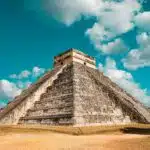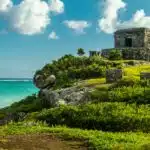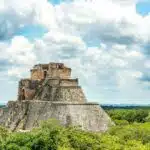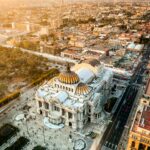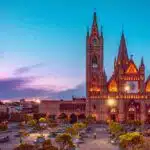Día de los Muertos, or the Day of the Dead, is one of Mexico’s most iconic and beloved traditions, celebrated annually on November 1st and 2nd. November 1st, known as Día de los Inocentes, honors deceased children and infants, while November 2nd, Día de los Muertos, is dedicated to deceased adults.
Far from a somber occasion, this vibrant festival honors departed loved ones with lively festivities, colorful decorations, and heartfelt remembrances.
Rooted in indigenous Aztec rituals dating back thousands of years, Día de los Muertos combines pre-Hispanic traditions with Catholic influences brought by Spanish conquistadors. It’s a unique blend of spirituality, festivity, and cultural heritage.
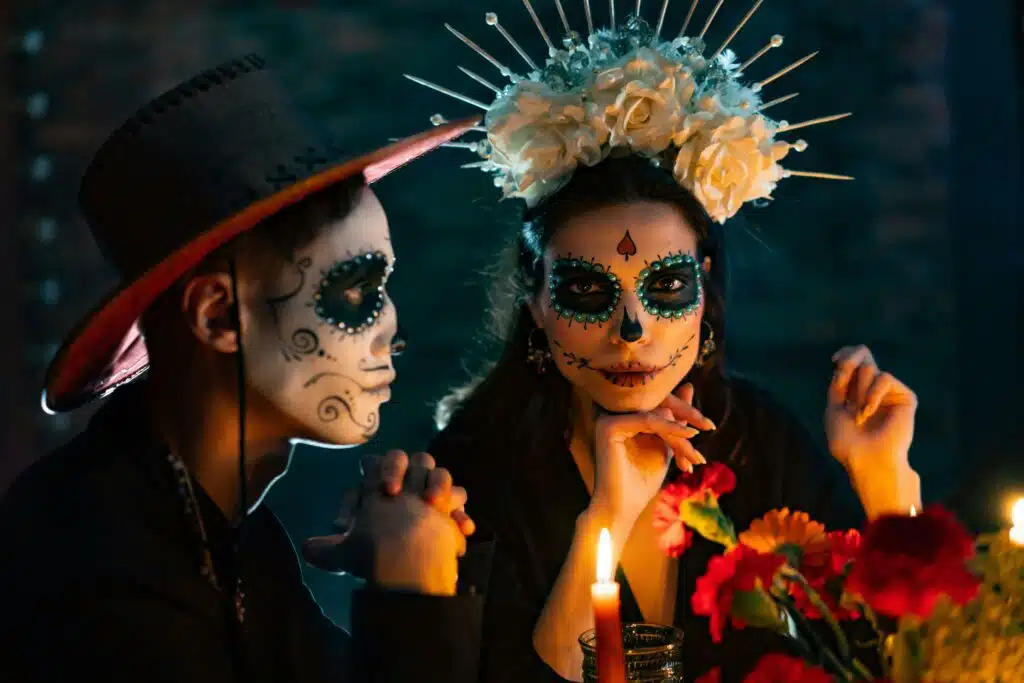
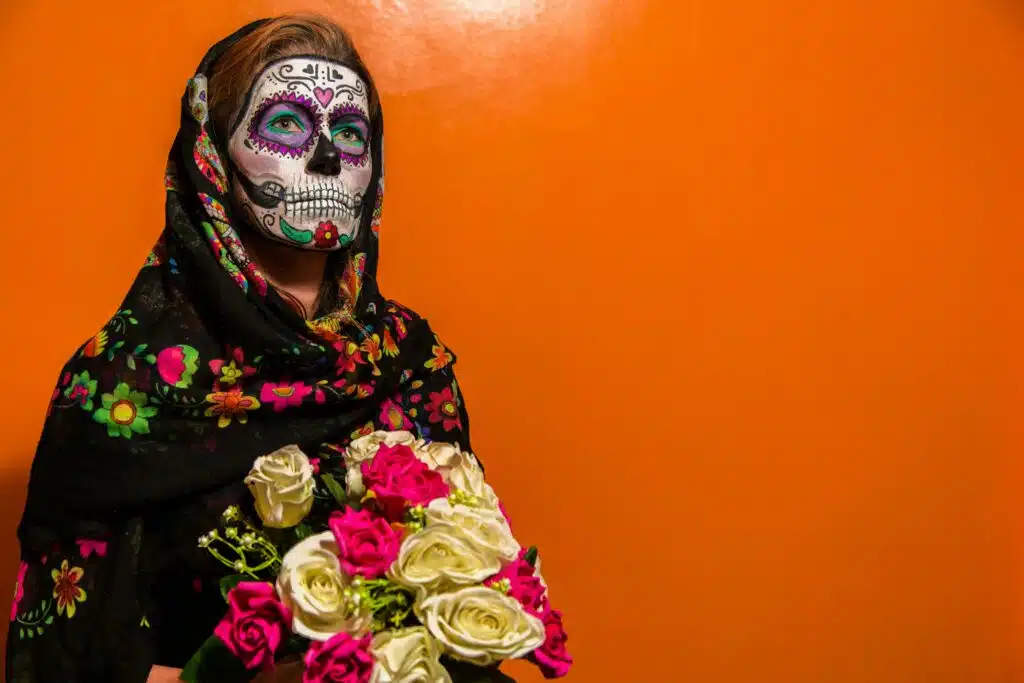
Key Traditions and Customs of Day of the Dead
- Altars (Ofrendas): Families create altars adorned with marigold flowers, candles, photos of deceased relatives, and their favorite foods and drinks. These offerings are believed to welcome the spirits back to the world of the living for a brief visit.
- Calaveras: Skeleton figurines and sugar skulls (calaveras de azúcar) are ubiquitous during the festivities, symbolizing death and the afterlife in a whimsical and colorful way.
- Marigolds (Cempasúchil): These bright orange flowers are believed to attract spirits to the altars with their vibrant color and strong scent.
Celebrations Across Mexico
- Oaxaca: Known for its elaborate processions, music, and traditional dances like the “Danza de los Viejitos” (Dance of the Old Men).
- Mexico City: Parades, concerts, and art exhibitions fill the streets, with the iconic mega-ofrenda (giant altar) at the Zócalo attracting thousands of visitors.
- Michoacán: Home to the famous island of Janitzio, where families gather in cemeteries to clean and decorate gravesites, often spending the night in vigil.
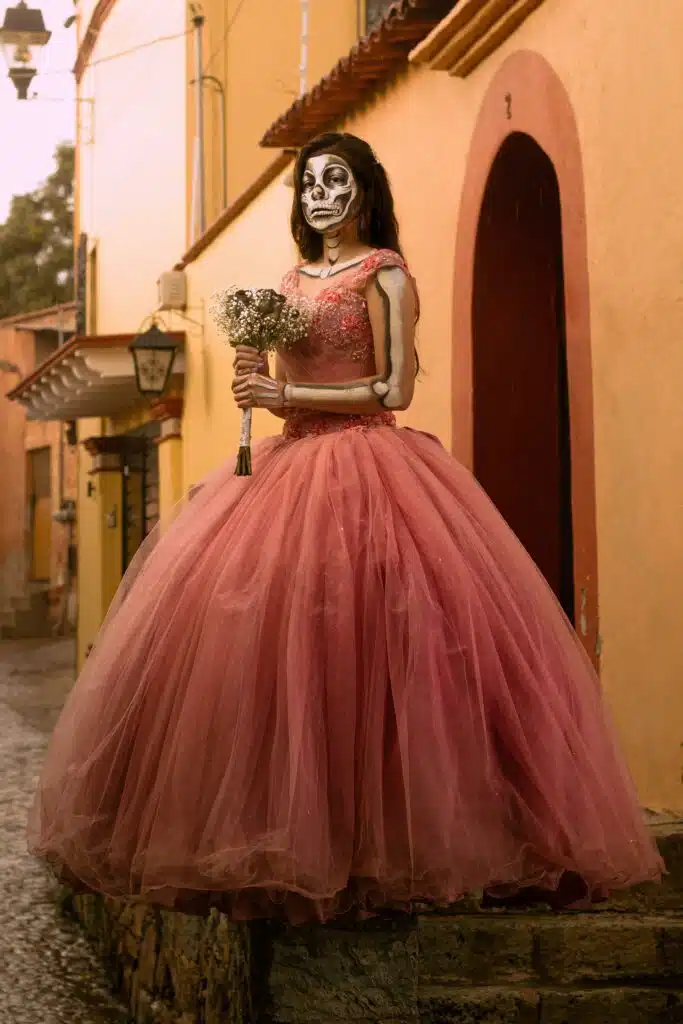
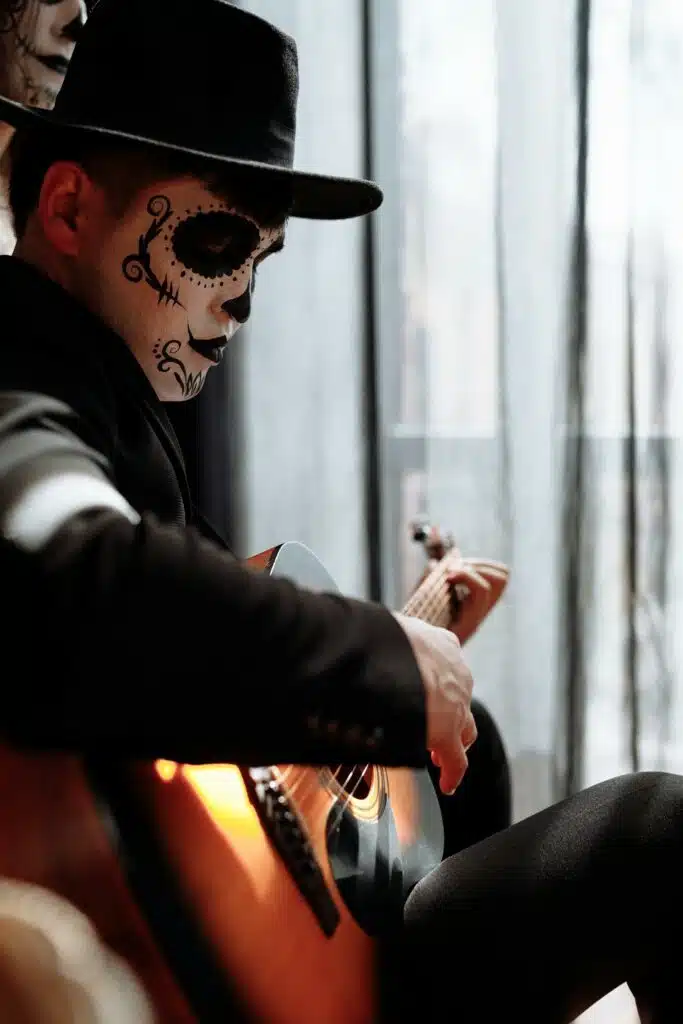
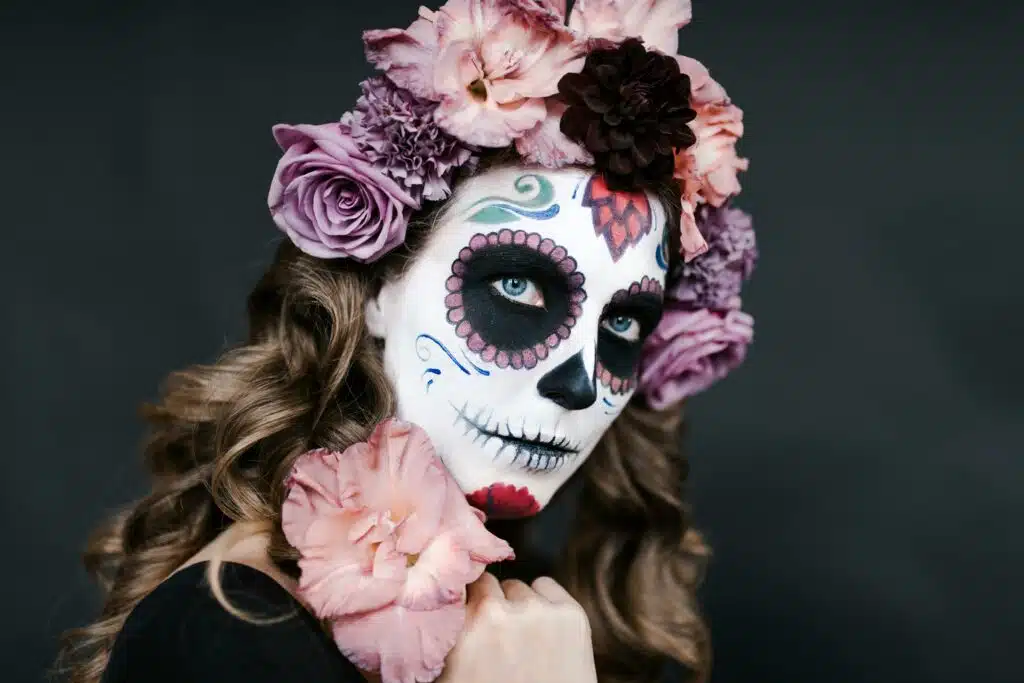
Why You Should Experience Día de los Muertos
Día de los Muertos offers a profound insight into Mexican culture, emphasizing the celebration of life and the importance of honoring ancestors. It’s a time when communities come together to remember loved ones, celebrate their legacies, and embrace the cyclical nature of life and death.
Whether you’re drawn to the bustling streets of Mexico City, the colorful traditions of Oaxaca, or the tranquil settings of Michoacán, experiencing Día de los Muertos is an unforgettable cultural journey. Immerse yourself in the magic of Día de los Muertos and witness firsthand why this celebration has captured the hearts of people around the world. Discover the beauty, the traditions, and the profound meaning behind Mexico’s Day of the Dead.

